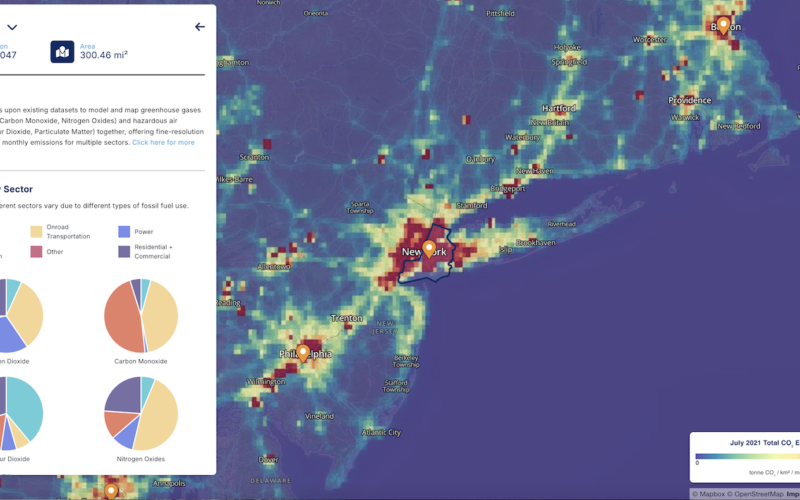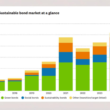A new US system, developed by the National Oceanic and Atmospheric Administration (NOAA) and the National Institute of Standards and Technology (NIST) combines air quality and greenhouse gas (GHG) pollution sources into a single national research database.
Known as the Greenhouse Gas And Air Pollutants Emissions System (GRA²PES), the dataset is accessible through the US Greenhouse Gas Center portal and offers interactive map displays. This innovative tool will assist leaders at city, state, and regional levels in addressing air quality issues while simultaneously reducing climate-related hazards.
GRA²PES, a research project, tracks monthly greenhouse gas (GHG) emissions across various economic sectors in the contiguous US. This combined dataset enables improved measurement and modeling of both GHG and air pollutants, offering significant benefits for climate and public health solutions.
Columbia University atmospheric scientist Roisin Commane, who leads a project to improve emissions estimates in New York City, praised the system’s ability to integrate greenhouse gas and air quality data.
Having the GHG and air quality constituents in the same dataset will be exceedingly helpful, said Columbia University atmospheric scientist Roisin Commane, the lead on a New York City project to improve emissions estimates.
“My work focuses on emissions from the burning of fossil fuels to fingerprint the sources of greenhouse gases. But, at the moment, we have to use a mish-mash of datasets and we spend way too much time trying to figure out their different ways of representing things,” Commane said.
Since the US Clean Air Act of 1970, significant progress has been made in addressing air pollution, focusing on single-point sources like smokestacks and transportation emissions. More recently, targets have been set for reducing greenhouse gas emissions to combat climate change. GRA²PES recognises that many pollutants, such as carbon dioxide and nitrogen dioxide, are often emitted by the same activities, and provides detailed data to help scientists and environmental managers better understand the mixture of pollutants and their sources.
The system collects data through two pathways: estimating emissions from activities like energy production and transportation, and directly measuring air pollutants through monitoring programmes. These efforts, including NOAA’s 2023 air quality research mission and partnerships with airlines, feed data into models that offer a comprehensive view of atmospheric conditions.
Reducing greenhouse gas emissions can yield co-benefits for air quality. Brian McDonald, a scientist with NOAA’s Chemical Sciences Laboratory, pointed out that electrifying transportation in New York City could reduce carbon dioxide emissions by 43% and nitrogen oxide emissions by 62%, improving both air quality and climate outcomes. GRA²PES also reveals potential reductions in harmful toxins like benzene, with expected decreases of up to 60% from vehicle electrification.
As environmental challenges evolve, GRA²PES is expected to play a key role in helping officials select the most effective measures to improve air quality and manage greenhouse gas emissions. McDonald said, “In the future, air quality managers will also be greenhouse gas emissions managers.”





















